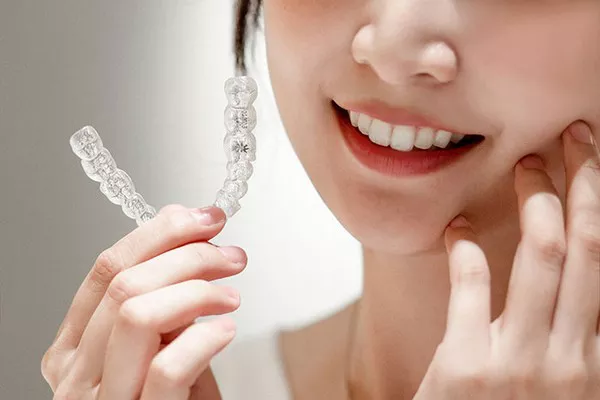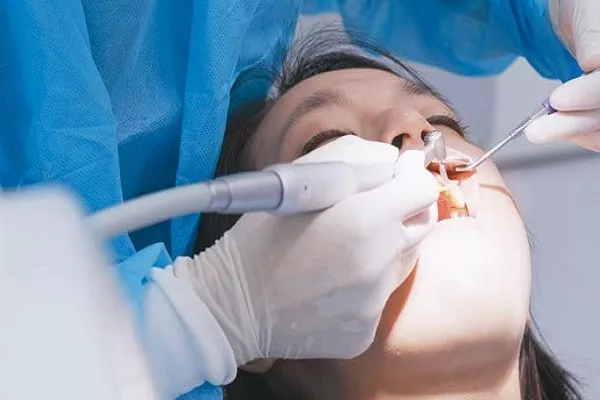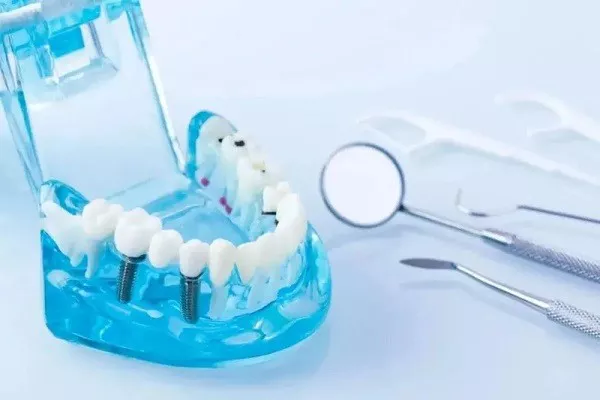Whitening strips have become a popular choice for achieving a brighter smile by reducing surface stains on teeth. These thin, flexible strips coated with a peroxide-based gel are designed to be applied directly onto the teeth. However, accidents can happen, and individuals might wonder about the consequences if they accidentally swallow whitening strips. In this article, we will explore the potential outcomes of swallowing whitening strips, the safety of the ingredients used in these products, and the steps to take in case of accidental ingestion.
Understanding Whitening Strip Composition
Whitening strips are typically made with a flexible plastic material coated with a peroxide-based gel. The gel contains active ingredients such as hydrogen peroxide or carbamide peroxide, which help break down surface stains and lighten the teeth.
Safety of Whitening Strip Ingredients
The active ingredients found in whitening strips, such as hydrogen peroxide or carbamide peroxide, are generally considered safe for oral use when used according to the manufacturer’s instructions. These ingredients have been used in dentistry for years and are also found in other dental products like toothpaste and mouthwash. However, the concentrations used in whitening strips are lower than those used in professional whitening treatments.
What Happens If You Swallow Whitening Strips?
Accidentally swallowing a small piece of a whitening strip is unlikely to cause harm, as the concentrations of peroxide used in these products are low. The gel on the strip is intended to remain on the teeth to effectively whiten them. If a small amount is ingested, it will likely be diluted in the stomach and pass through the digestive system without causing any significant effects.
However, swallowing larger portions of a whitening strip or multiple strips could potentially lead to mild discomfort or gastrointestinal upset. Symptoms may include:
Mild Stomach Irritation: Swallowing whitening strip material might lead to mild stomach irritation, causing symptoms such as nausea, vomiting, or an upset stomach.
Diarrhea: In some cases, the ingredients in the whitening strips could lead to changes in bowel movements, including diarrhea.
Gagging or Choking: Swallowing a strip without chewing or breaking it down properly could lead to a sensation of gagging or choking.
Steps to Take If You Swallow Whitening Strips
If you accidentally swallow a whitening strip or a portion of it, here are the steps you can take:
Stay Calm: Panicking can make the situation feel more serious than it might actually be. Take a deep breath and assess how much of the strip was swallowed.
Rinse Your Mouth: Rinse your mouth with water to help dilute any remaining gel that might be in your mouth.
Monitor Symptoms: If you experience mild stomach discomfort, nausea, or vomiting, it’s advisable to drink plenty of water and eat a bland diet to help ease any discomfort.
Contact a Healthcare Professional: If you are concerned about the ingested material or experience persistent symptoms, contact a healthcare professional, such as a doctor or poison control center, for guidance.
Prevention and Safe Use of Whitening Strips
To minimize the risk of accidentally swallowing whitening strips, consider the following tips:
Follow Instructions: Always use whitening strips according to the manufacturer’s instructions.
Apply Carefully: Apply the strips directly to the teeth and avoid letting them come into contact with the soft tissues of the mouth.
Chew and Break Down: If you have concerns about swallowing, consider chewing the strip to break it down before removing it.
Supervise Use: Supervise the use of whitening strips, especially in young children or individuals who may have difficulty following instructions.
Conclusion
Accidentally swallowing a small amount of a whitening strip is unlikely to cause harm, as the concentrations of peroxide used in these products are low and are generally considered safe for oral use. However, swallowing larger portions of a strip could lead to mild gastrointestinal discomfort. It’s important to stay calm if an accidental ingestion occurs and rinse the mouth with water. If symptoms persist or cause concern, seeking guidance from a healthcare professional is advisable. To prevent accidental ingestion, follow the manufacturer’s instructions carefully, apply the strips directly to the teeth, and consider chewing the strip to break it down before removing it. Responsible use and proper precautions can help ensure a safe and effective teeth-whitening experience.
Related Topics:




























